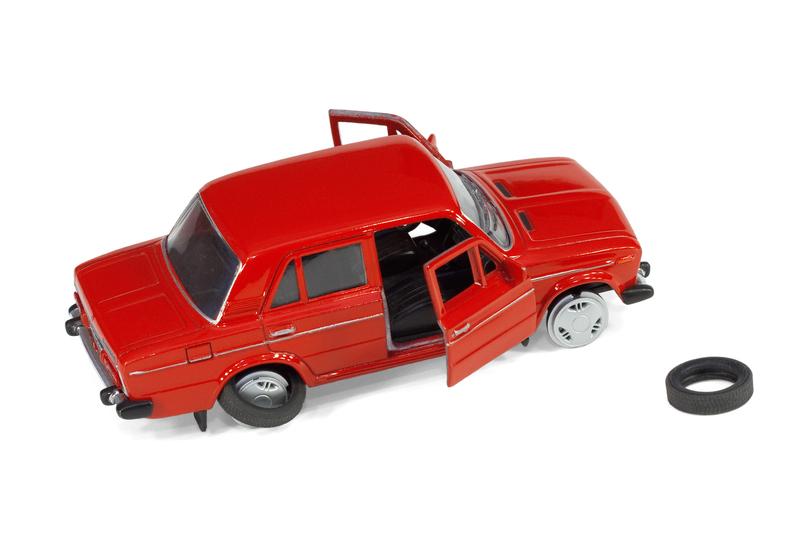Everything You Should Know About PPE Waste Disposal
In the wake of infectious diseases and increased workplace safety standards, PPE waste disposal has become a subject of growing importance. Pollution from discarded personal protective equipment such as gloves, masks, gowns, and face shields is an escalating global concern. Ensuring proper management of PPE waste not only protects the environment but also reduces health risks linked to improper disposal.
What Is PPE Waste?
Personal Protective Equipment (PPE) waste refers to any single-use or disposable protective gear used to minimize exposure to chemical, biological, radiological, or physical hazards. Key items include:
- Face masks (surgical masks, N95 respirators, cloth masks)
- Disposable gloves (latex, nitrile, vinyl)
- Protective gowns and aprons
- Face shields and goggles
- Shoe and head covers
The Growing Problem of PPE Waste
Since the onset of the COVID-19 pandemic, PPE usage has increased dramatically across healthcare, industrial, and even household settings. Disposal of PPE waste now comprises a significant portion of municipal and medical waste streams worldwide.
Key facts highlighting the scale of PPE waste:- According to the United Nations, approximately 75% of used masks and other pandemic-related waste ends up in landfills or seas.
- An estimated 129 billion face masks and 65 billion gloves are used globally every month.
- PPE made of plastics like polypropylene can take centuries to decompose, posing long-term pollution risks.
This surge in protective equipment waste has revealed gaps in waste management systems and put added pressure on environmental and sanitation services.
Risks Associated With Improper PPE Waste Disposal
Improper disposal of PPE waste, such as littering masks or gloves in public areas, poses significant hazards:
- Spread of Infectious Diseases: Used PPE can harbor pathogens, leading to cross-contamination and outbreaks if handled inappropriately.
- Threats to Wildlife: Marine and terrestrial animals can mistake PPE for food or become entangled, often resulting in injury or death.
- Environmental Pollution: Non-biodegradable plastics in PPE break down into microplastics, contaminating soil and waterways.
- Clogging of Wastewater Systems: Flushing masks or gloves can block sewage systems and complicate water treatment processes.

PPE Waste Classification
PPE disposal waste is classified into several categories depending on its origin and level of contamination:
- General waste: PPE used by the public in households or offices, not visibly soiled or contaminated.
- Medical waste: PPE used in healthcare settings, typically contaminated with bodily fluids and classified as infectious or hazardous waste.
- Industrial waste: PPE contaminated with chemicals or materials from industrial activities, which may require special treatment.
Guidelines for PPE Waste Disposal
Proper personal protective equipment waste disposal involves a series of best practices and compliance with local regulations. Here's everything you should know:
For the General Public
- Mask and Glove Disposal:
- Place used masks and gloves in a separate, lined trash bag.
- Tie the bag securely before placing it with domestic refuse.
- Do not flush PPE down toilets or throw it on the ground.
- Recyclability:
- Most single-use PPE is not recyclable through regular household recycling systems due to contamination and material composition.
- Decontamination for Reusable Items:
- If you use cloth masks or reusable PPE, wash thoroughly with soap and water after each use to ensure safety and reduce waste.
For Healthcare facilities
- Segregation:
- Separate PPE waste at the source--sharps, contaminated, and non-contaminated PPE should each go into distinct color-coded bins or bags.
- Containment:
- Use leak-proof, puncture-resistant containers for infectious PPE waste.
- Labeling:
- Appropriately label PPE waste containers as "biohazard" or "infectious waste."
- Transport and Storage:
- Ensure safe internal transport and do not store PPE waste for extended periods to limit infection risk.
- Treatment:
- Disinfect PPE waste using autoclaving, incineration, or chemical processes as per local government regulations.
For Industrial and Laboratory Settings
- Handle PPE contaminated with hazardous chemicals according to chemical waste disposal laws.
- Coordinate with certified hazardous waste contractors for proper PPE waste management.
Legal and Regulatory Aspects
Compliance with national, state, and local regulations governing PPE and hazardous waste disposal is mandatory:
- Follow OSHA guidelines for workplace hazard control and disposal.
- Abide by EPA (Environmental Protection Agency) and WHO (World Health Organization) directives in classifying and managing infectious waste.
- Local municipalities may have specific requirements for PPE waste segregation and curbside pickup.
PPE Waste Disposal Methods
1. Incineration
This is the most common method for handling medical and hazardous PPE waste. Incineration involves burning waste at high temperatures to drastically reduce volume and eliminate pathogens. However, it can generate air pollution if not properly managed, and specialized filters are required to capture toxic emissions.
2. Autoclaving
Autoclaving uses steam under pressure to sterilize contaminated PPE waste, making it safe for landfilling or recycling. This process is environmentally preferable to incineration and is widely adopted in healthcare environments.
3. Landfilling
When adequate treatment options aren't available, PPE waste may be sent to sanitary landfills. It is critical to ensure that the waste is properly treated and contained to prevent leaching of contaminants into the environment.
4. Chemical Disinfection
Chemical disinfection involves treating PPE waste with disinfectant solutions to kill infectious agents. This is often a pre-treatment step before final disposal or recycling.
5. Emerging Sustainable Solutions
Innovative alternatives for sustainable PPE disposal are gaining traction:
- Recycling Programs: Some companies now recycle single-use face masks and gloves through specialized processing plants that break down plastics into reusable materials.
- Biodegradable PPE: Developments in bioplastics allow for masks and gloves that decompose naturally, reducing landfill waste.
- Energy Recovery: Advanced thermal treatments convert PPE waste into usable energy sources like heat or electricity.
The Role of Individuals and Businesses in PPE Waste Management
Both individuals and organizations share responsibility for safe and sustainable PPE disposal:
- Education: Stay informed about proper disposal protocols in your area--misconceptions about recyclability or reusability can increase health and environmental risks.
- Choose Sustainable Options: Whenever possible, opt for reusable or biodegradable PPE and support recycling initiatives when available.
- Reduce Usage: Avoid unnecessary use of disposable PPE. Opt for reusable masks and gloves when circumstances and regulations permit.
- Advocate for Change: Encourage workplaces, communities, and governments to invest in better waste management infrastructure and green disposal technologies.
Tips for Safe PPE Waste Handling at Home
- Keep a designated bin for PPE waste to avoid cross-contamination with other household trash.
- Wash hands thoroughly after handling used PPE.
- Do not attempt to recycle contaminated PPE with normal recyclables.
- Encourage family members and colleagues to follow PPE waste disposal guidelines.
Common Myths and FAQ on PPE Waste Disposal
Myth: All PPE can be recycled in household bins.
Fact: The majority of disposable PPE contains mixed plastics and cannot be recycled with standard household waste due to contamination and material complexity.
Myth: PPE waste is only an issue in hospitals.
Fact: Since PPE is widely used in homes, retail stores, public transport, and offices, improper disposal in these environments contributes heavily to waste-related problems.
Q: Can I compost biodegradable PPE items at home?
A: Only if they are certified home-compostable and free from contaminants such as bodily fluids or chemicals. Otherwise, use local composting programs or special collection services.
Q: Is burning PPE at home a safe way to dispose of it?
A: No. Burning PPE in uncontrolled settings is hazardous, releasing toxic fumes and posing fire risks.

Future Trends in PPE Waste Disposal
As the need for effective personal protective equipment waste disposal continues, several trends are shaping a more sustainable future:
- Government Initiatives: More countries are enacting laws mandating PPE waste segregation, collection, and treatment.
- Research & Innovation: New materials and advanced recycling solutions are reducing the environmental impact of single-use PPE.
- Public Awareness Campaigns: Governments and NGOs are educating communities about the health and environmental implications of improper PPE disposal.
- Enhanced Waste Tracking: Technology is being used to monitor waste generation and guide targeted interventions.
Conclusion: Protecting Health and the Environment
Effective PPE waste disposal is crucial for mitigating the health, safety, and environmental risks associated with the widespread use of personal protective equipment. By adhering to safe disposal guidelines, supporting sustainable alternatives, and advocating for improved waste management systems, we can all play a vital role in combating the escalating PPE waste crisis.
Remember: Every piece of disposed PPE matters. Whether you are an individual, healthcare worker, business, or policymaker, taking informed action on PPE waste management helps safeguard communities and preserves our planet for future generations.